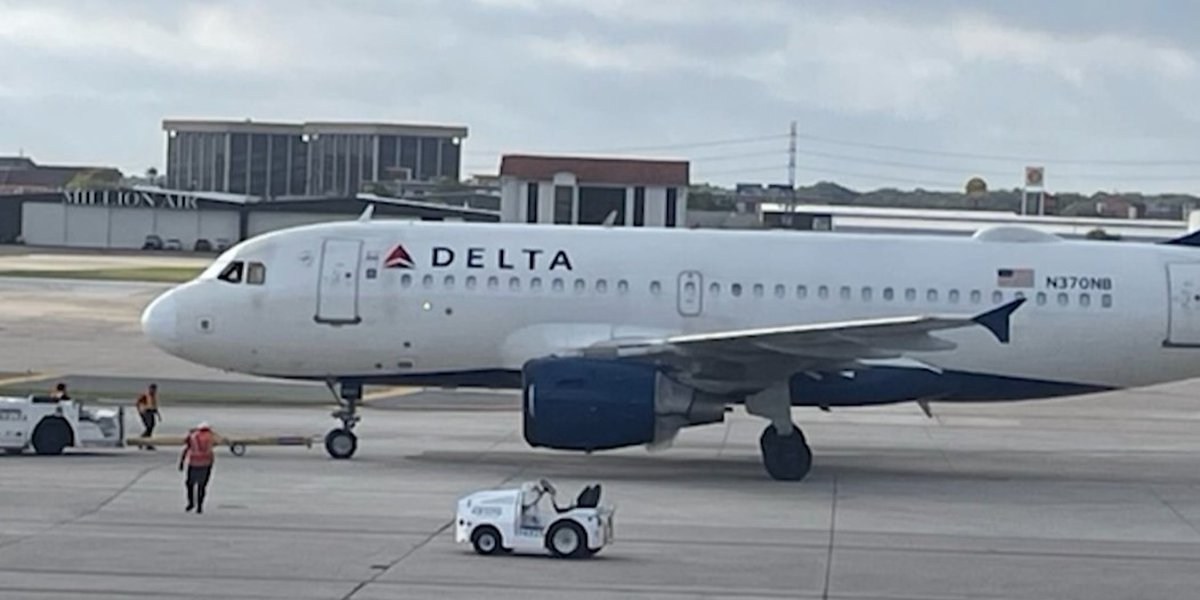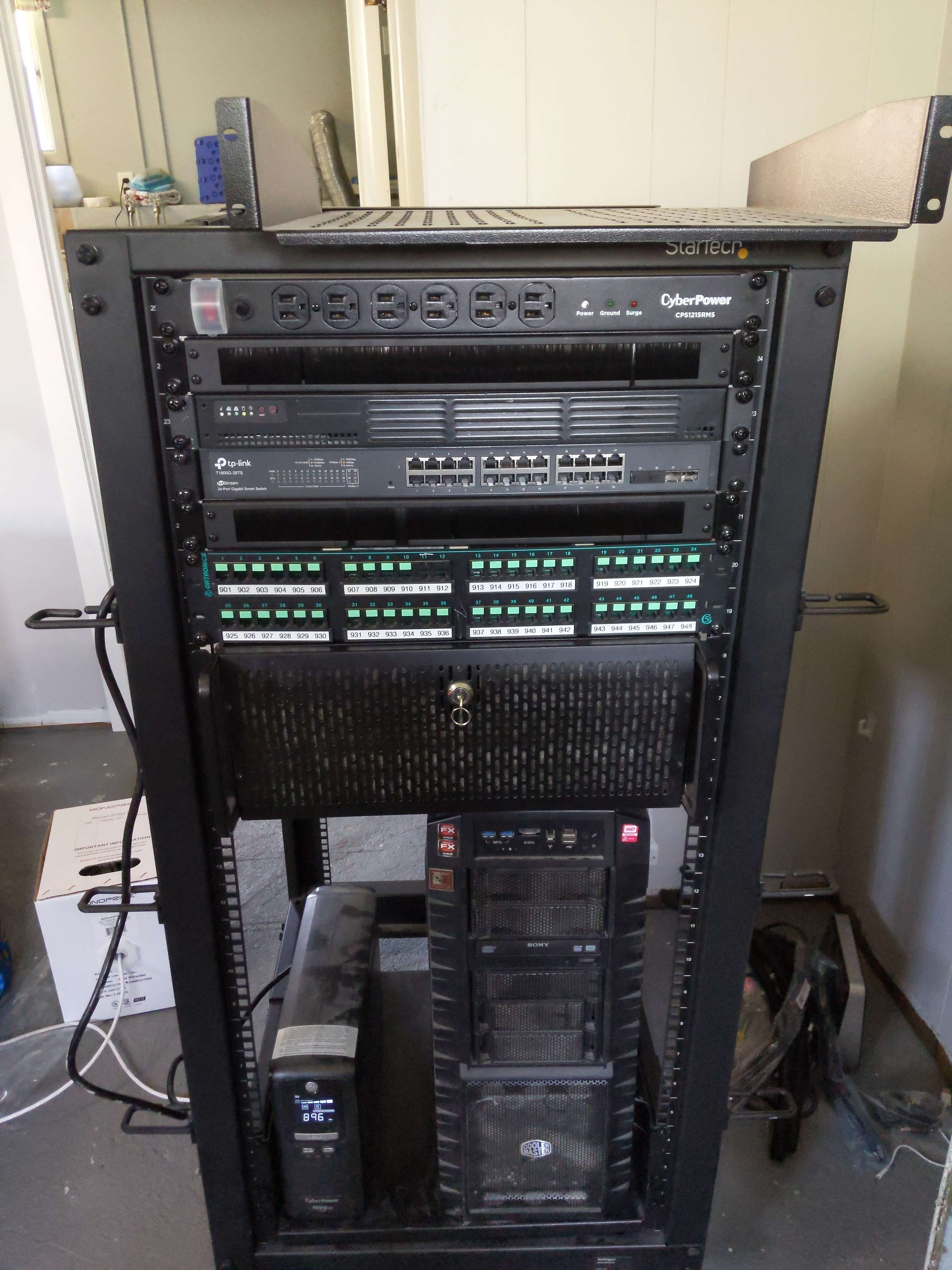

Routing takes place on layer 3 (ip) so destinations are ip networks and hosts.
Each packet you create has a destination IP. Your computer looks at your route table to see where it goes by matching the destination ip with each network. It will be sent to the most specific match first and your default gateway last.
If you’re default gateway is you’re vpn server via your vpn interface then you just need to add more specific route for destinations of interest through a different gateway (you’re router) via the physical interface








Dumb TVs exist, and they’re 5x the price of smart TVs.
Ads and data mining subsidizes the hardware cost. If you want cheap TVs you get spyware and ads.